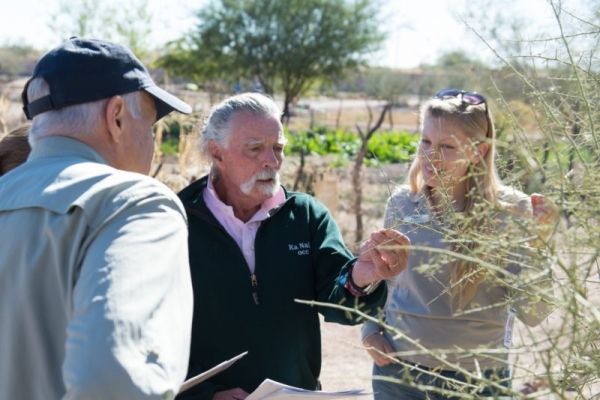In a new study in the AGU journal Geophysical Research Letters, scientists found that in many areas of the U.S. springtime temperature thresholds important for plant and animal life cycles occur between six to 20 days earlier in the season than they did 70 years ago.
These changes in the length and timing of the spring season could impact animal migratory patterns and disrupt many species’ development, according to the study’s authors.
Most plant and animal species rely on the build-up of heat in spring to signal biological processes like flowering, breeding and hatching of insect eggs. Based on the amount of heat accumulated, scientists can estimate how many days into the year it will take for a species to start these processes.
Continue reading at American Geophysical Union
Image via American Geophysical Union


